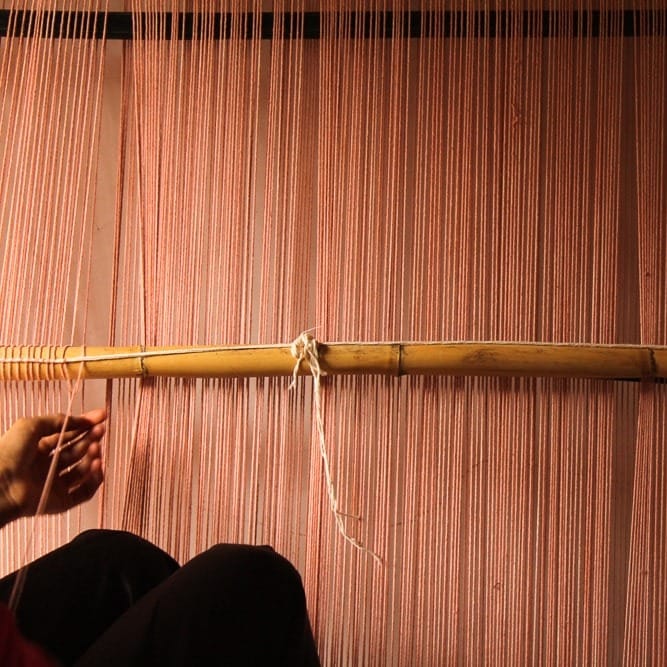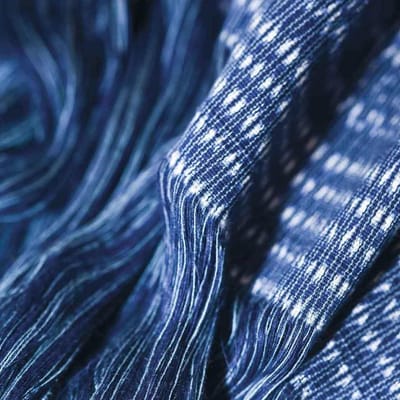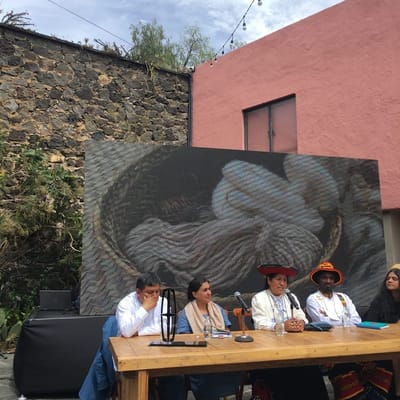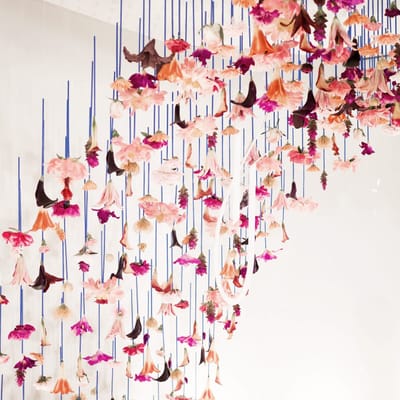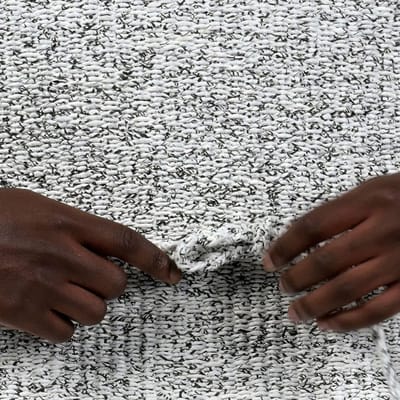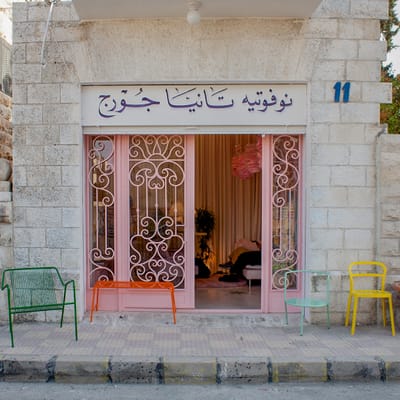Many businesses design products and then ask artisans to make them. What seems to be more rare is for these businesses to ask the artisans to design and develop products for the global marketplace on their own. Any number of misconceptions are used to justify this – artisans don’t have a strong design sensibility or an eye for contemporary color palettes – but if artisans don't have an active role in shaping the future of their own craft, who will protect its heritage?
Sabrina Kraus López is a London-based designer specializing in design innovation and product development within international craft communities. Her aim is to develop sustainable, contemporary designs using time-honored craft techniques from Peru, Columbia, Iran, and Morocco. In this article for THE KINDCRAFT, Sabrina shares what she's learned about Moroccan culture, her experiences with the Amazigh (Berber) people, and how she envisions design as a tool to safeguard Amazigh rug-making and other crafts from vanishing.
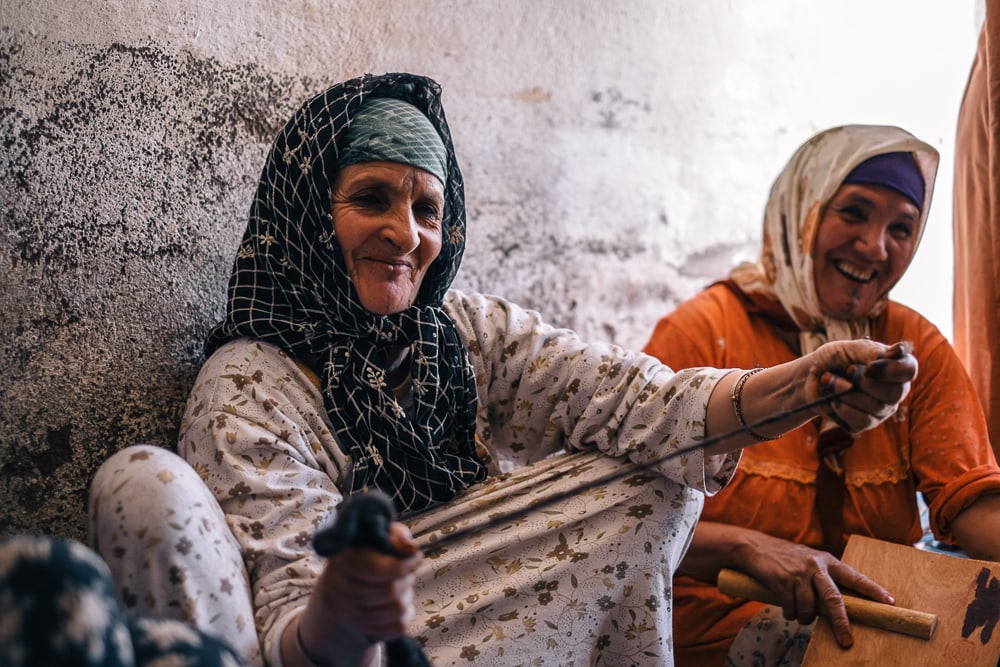
After a few cups of mint tea and too many pastries, a group of Amazigh weavers tell me the history of their tribe and the people in Morocco. The women describe how their people once dominated the whole of Morocco before they were culturally assimilated by Arab tribes in the 11th century. Despite centuries of conflict, the Amazigh people have kept their culture and language alive by weaving specific symbols, patterns, and characters into their handcrafted rugs.
Intensely proud of their heritage, the Amazigh people believe that these rugs have been crucial in keeping their cultures alive. Even today, some tribal women still carry these symbols tattooed on their foreheads, chins and arms (above). In days gone by and during times of war, these tattoos would have distinguished them as part of the Amazigh tribe.
Despite the Amazigh people fiercely protecting their individual crafts and culture from centuries of invaders, most of North Africa has slowly become Arab. Combined with an economic decline, this has led many Amazigh to seek work outside of their traditional tribal communities as they are no longer able to earn a living in their community by traditional means.
The biggest factor in the decline of traditional Amazigh weaving has been the middlemen who come to these small villages in the Atlas Mountains and pay very little for the artisans’ work. As a result, these women do not earn enough to survive and often decide to stop weaving. Since tourists don't often make the journey high into the mountains to these remote villages, they lack a direct market to sell their wares.
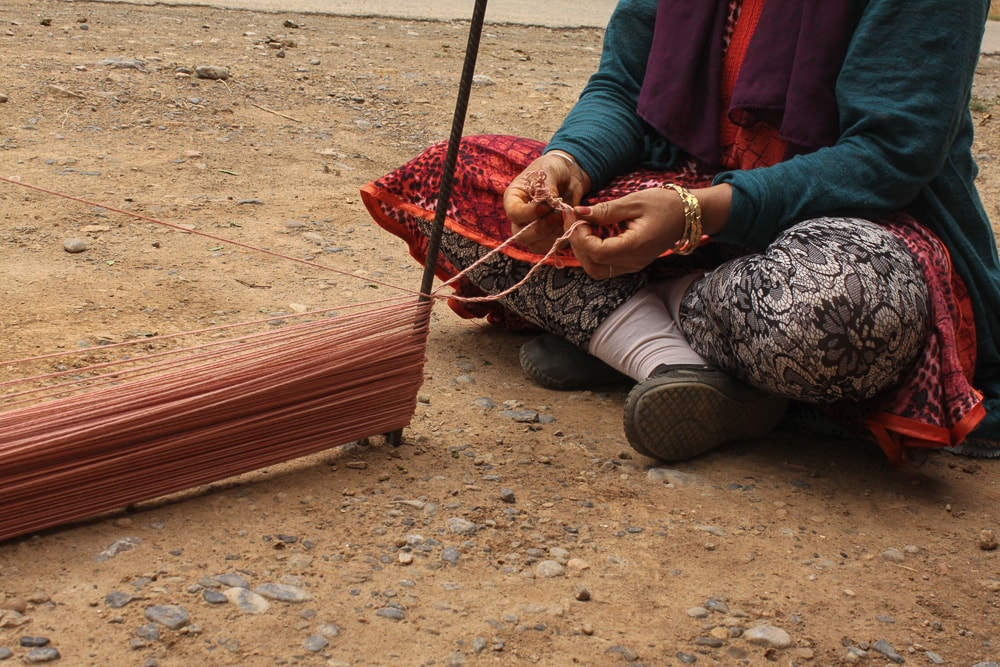
Through my work with these artisans, I've seen how necessary it is for them to reach new audiences and customers.
One company is trying to make a dfference: The Anou is a community of over 400 artisans who are working to revive the artisan community in Morocco from within by creating equal access to global markets for all artisans. The community is centered upon a mobile-based online platform that enables artisans, regardless of literacy levels, to independently post their work online, receive feedback and sell their work directly to customers all over the world. Most importantly, the artisans manage the platform and the community themselves.
“The core values of Anou are rooted in the belief that solutions to complex problems that afflict vulnerable communities can only be tackled from within", says Dan Driscoll Founder of Anou. "While everyone can unanimously agree that artisan communities around the world are at risk of disappearing, there seems to be little consensus on how best to retain and revive them. Unfortunately, artisans are rarely part of this discussion."
Anou must also tread a fine line. While these new online tools expand the artisans’ creativity and allow them to better understand commercial markets, there is also a tendency for them to reproduce other people’s work. Despite this, Anou strongly believes that connecting the artisans to the outside world is crucial, and that it's up to the individual artisan to interpret these new influences through the lens of their own culture and their skills. This will help them find their voices and have success selling their products.
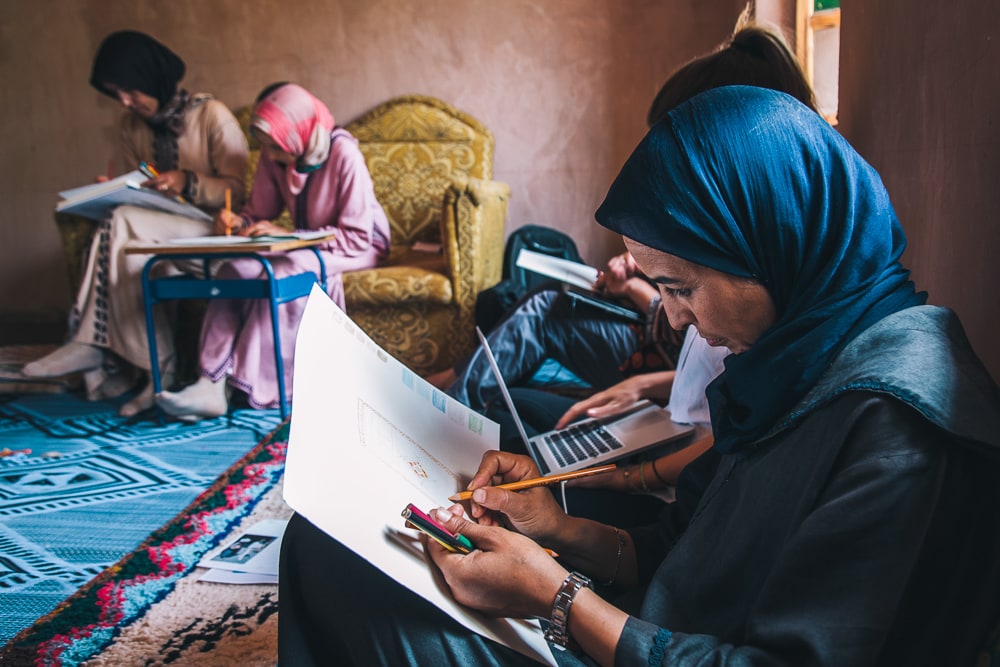
I've worked with Anou to create design workshops for artisan groups like Imelghas Cooperative, Cooperative Tifawin and Timdokkals. The goal of these workshops is to teach the artisans design processes - from inspiration to final product - giving them tools to create new designs inspired by their own heritage, surroundings, and personal stories.
My artisan workshops include: learning to use Pinterest, organizing mood boards which demonstrates the concept of visual cohesion, and making color boards to enhance understanding of coordination and color precision. Designing comes later, when I teach the artisans how to use simple design methods such as outline design and collage making. Through these techniques, the artisans learn how to create contemporary designs.
These processes can take a long time for some artisans to understand, but once their preliminary sketches are refined into final drawings and made into rugs, they start to see the value in creating their own designs. They start to understand the importance of creating their own original works instead or copying others or replicating patterns which no longer have meaning to them.
Once artisans have gone through my workshop, they know the basics of creating a new design based off inspirational images. After many visits to Morocco over a two year period, I was put in charge of design innovation and product development for The Anou. The artisans now send me their designs and I look over them, tweak them, add color, and send them back to them. This exchange creates a dialogue which exposes makers to the design process and the importance of attention to detail.
The aim of my work is to build a resilient community of artisans who can independently explore the relationship between their heritage, craft, and contemporary design.
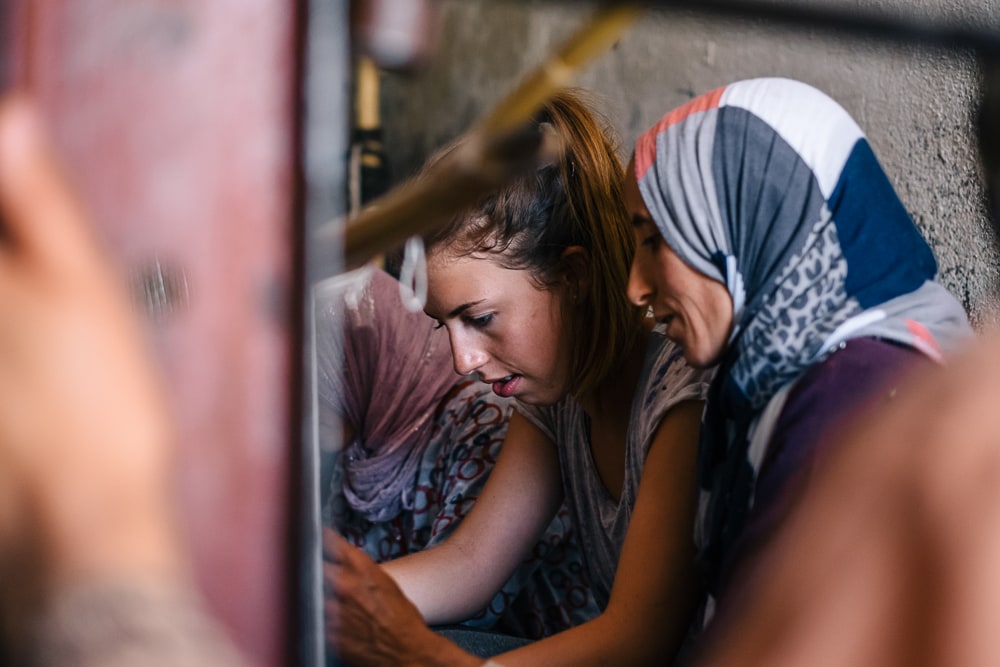
Photos courtesy of Sabrina Kraus López and Simon Mills.

